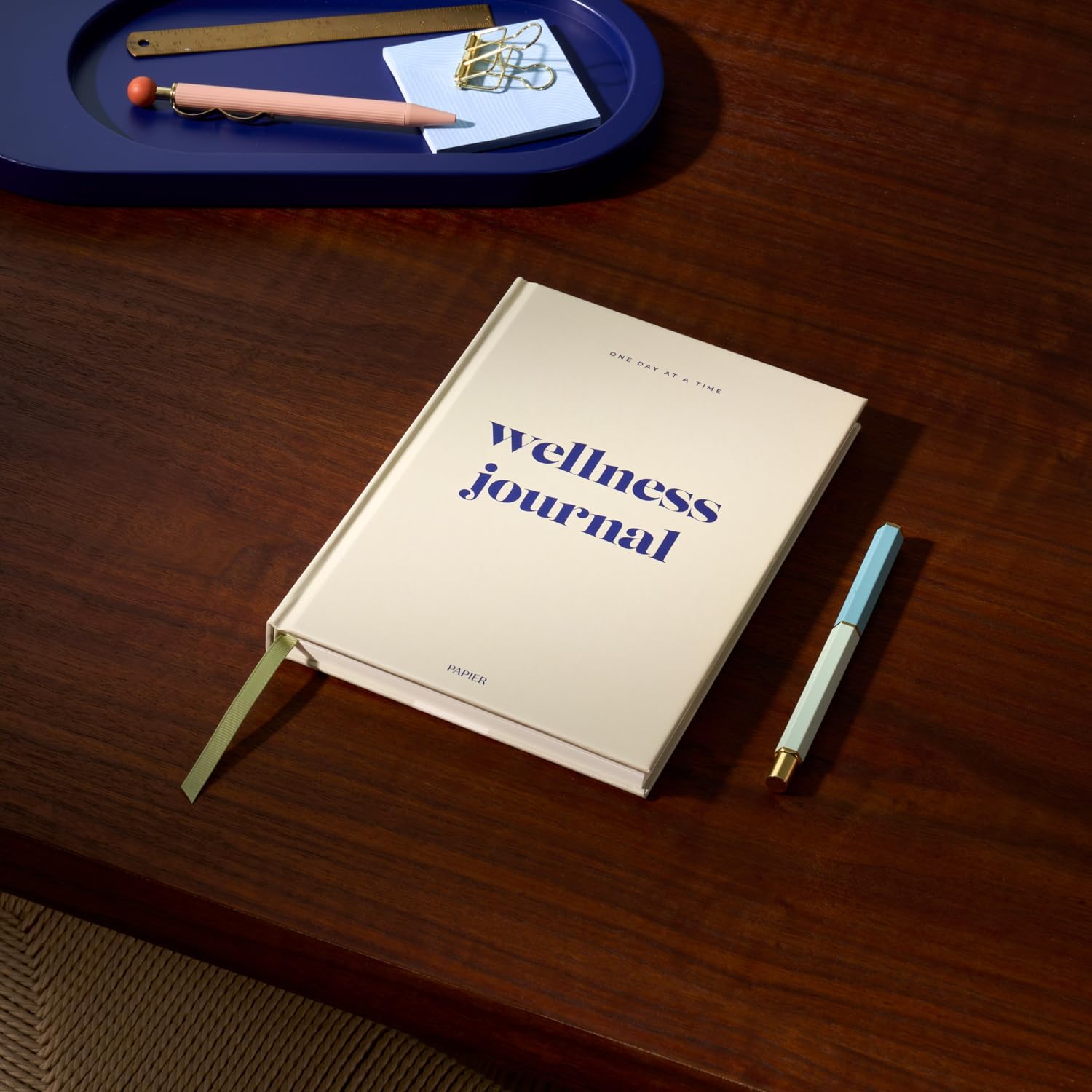Everyone who has ever walked on this earth wants to be at their highest peak of confidence. And why not? When you exude confidence, everyone notices! It speaks volumes about your self-assurance and inner strength.
The million-dollar question is, how does it come?
Is it something that develops on its own, or is there a conscious way to cultivate confidence within ourselves?
Understandably, you might not be able to wrap your head around these internal queries at the moment, but stick around as we break down these concepts into simpler chunks of information so you can understand and implement them in practical ways.
What is Confidence?
The attitude and mindset we have in both scenarios are poles apart. Confidence is when we stay firm on our ground and believe in our skills, strengths, and abilities. It is an inner state where you choose to depend on yourself and know you will handle things as they come.
On the other hand, overconfidence is when you have an inflated sense of self. It is when you ignore your limitations, underestimate your challenges, and do not remain open to constructive criticism. Overconfidence can be detrimental to your growth and keep you in an illusionary state.
When we learn to strike a balance between our strengths and weaknesses, only then can we truly become confident in our conduct.
Confidence vs. Overconfidence
The attitude and mindset we have in both scenarios are poles apart. Confidence is when we stay firm on our ground and believe in our skills, strengths, and abilities. It is an inner state where you choose to depend on yourself and know you will handle things as they come.
On the other hand, overconfidence is when you have an inflated sense of self. It is when you ignore your limitations, underestimate your challenges, and do not remain open to constructive criticism. Overconfidence can be detrimental to your growth and keep you in an illusionary state.
When we learn to strike a balance between our strengths and weaknesses, only then can we truly become confident in our conduct.
Ways to be Confident
Gaining confidence is a matter of accepting ourselves in totality. We can only achieve confidence when we cultivate a healthy self-image and gracefully accept our flaws and shortcomings. In our limited perception, we might think that being confident means an absence of lack and limitation, which is never the case. In fact, it’s an illusionary state that keeps us trapped and hampers us from moving in the direction of our dreams and goals.
Here are the practical ways that you can practice to boost your confidence and cultivate a positive mindset.
#1: Identify Your Strengths
Trading on your existing strengths can be a great way to cultivate confidence within you. Reflect on your strengths, and watch them transform into the solid foundation on which you can confidently build your future.
Let’s understand it with the help of a case study. David, a 33-year-old professional, was struggling to lead his team, following his habit of second-guessing his own decisions. In the wake of his limitations, he enrolled in a leadership development program and learned about his strengths, including exceptional communication skills and a natural ability to inspire and motivate others.
Eventually, he began to practice those skills and proactively led the team without holding himself back. His performance improved, and following his entrepreneurial spirit, he was promoted to the designation of Regional Manager.
This shows how committing to our growth and identifying our strengths can help us build confidence. By embracing our unique abilities, we empower ourselves to face challenges with resilience and embrace new opportunities with assurance.
#2: Confront Your Fears
When we decide to face our fears, we get an opportunity to experience that we are bigger than our fears. We might get uncomfortable at first, but shining through our fears and insecurities won’t be a big deal once we start getting comfortable in our skin.
Let’s try to understand it with the help of a practical example.
Sarah, a 19-year-old professional, was fearful of speaking in public. She often hesitated to present her ideas in the office—following her fear of public speaking. At one point, she realized that her fear was becoming a strong barrier to her growth. On learning this, she decided to face her fear. She started lending her participation in short team discussions. Initially, she felt nervous, but with the gradual experience, she started to feel confident about it.
As time passed, she realized that the only way to grow from her fears and limitations was to face them and work on them step by step.
So with this, we can conclude that building confidence isn’t a one-time process and demands patience and persistence to move forward.
#3: Do Positive Self-Talk
Have you ever noticed how insensitive we can be to ourselves?
No matter the result we are trying to achieve, remaining hard on ourselves can have an adverse effect on our mental health. Try to catch yourself in the middle of an internal dialog. Notice the tone, style, and manner in which you are talking inside your head. Is it condemning? Critical? Judgmental? Or Reprimanding? It’s rare to find patience and empathy for yourself.
We often get programmed to talk to ourselves with authority and criticism instead, which can dent our self-esteem.
Make it a point to practice positive self-talk. It will help reduce anxiety and allow you to build resilience with time. Shifting your mindset from doubt to self-belief will empower you with greater confidence, and you can practically move your reality from being powerless to feeling empowered. If you are looking for a practical way to change the internal dialog for the better, try starting with writing your thoughts and feelings in a wellness journal. It will help you build positive mindset, allowing you to approach challenges with optimism and resilience while fostering a greater belief in your abilities.
#4: Learn from Your Failures
Failures are the greatest teachers. When we decide to learn from them, we turn failures into a ladder, stepping closer to our goals with each step we climb. In your attempt to build your confidence, never try to run away from your failures. They are the stepping stones that will lead you to success. Once you’ve mastered the art of embracing your failures, you’ll naturally feel confident in your skin.
Let’s understand with the help of an example. William, a 20-year-old student, was determined to start his own business. He began with a venture, but due to certain shortcomings and inadequacies, he couldn’t sustain it, and the business ultimately collapsed. In his mind, this experience got registered in the form of fear. Later on, he decided to learn from his mistakes and made corrections in the course of his business operations. Not only did he succeed, but he also emerged as a confident entrepreneur who learned to make the best use of his failures and didn’t allow them to stunt his growth.
#5: Surround Yourself with Positive People
External influences can have a profound impact on our confidence level. How confident we become has a lot to do with the people we surround ourselves with. If you want to build confidence, ensure that you encircle yourself with the people who see the best in you. Positive people become a source of motivation and often support others. When you ensure building a positive circle of people around you, not only will you find the encouragement to pursue your goals, but you will also cultivate an environment that fosters growth, resilience, and self-belief.
👉 Pro Tip
Surround yourself with positive influences. Make a list of the people who uplift you and spend more time with them
Take charge of your surroundings, and it’ll soon show up in your personality—making you much more powerful and resilient in your approach.
Quick Tips
- Maintain a straight posture. It will positively influence your mindset and make you feel confident in your skin.
- Commit to continuous learning. Enhancing your skill set and focusing on self-growth will increase your confidence and direct you toward your expansion.
- Don’t forget to celebrate your victories and achievements. When you remind yourself about your achievements and accomplishments, it helps you create a positive image of yourself and adds to your self-confidence.
- Confidence comes from the action. When you throw yourself into the action without getting trapped in overthinking, you’ll soon master the art of cultivating confidence within yourself.
- Set small goals at first. To instill confidence within you, it is imperative that you start small. And once you achieve them, it will automatically boost your self-reliance.
Final Thoughts
Final Thoughts
Building confidence is a gradual process that rests upon your ability to fight off the odds. As you progress on your journey to self-awareness and embrace your shortcomings, it will be easier for you to make progress. Remember, confidence doesn’t mean to be perfect; instead, it means accepting yourself and committing to your growth and improvement. If you aren’t invested in your growth, don’t expect you’ll still achieve success and feel confident about yourself.
Confidence-Boosting Challenge
Day 1: Make a list of at least five strengths or qualities you possess. Reflect on how these strengths have positively impacted your life.
Day 2: Write down three positive affirmations that resonate with you (e.g., “I am capable,” “I deserve success”).
Day 3: Choose one small activity that makes you uncomfortable, such as initiating a conversation with a stranger or speaking up in a group setting.
Day 4: At the end of the day, write down three accomplishments—big or small—that you achieved.
Day 5: Spend 10 minutes visualizing yourself achieving a goal or handling a challenging situation confidently.
Day 6: Ask a trusted friend or colleague for feedback on an area you want to improve (e.g., a presentation or a project).
Day 7: Reflect on the past week. What did you learn about yourself? How did your confidence evolve?





















